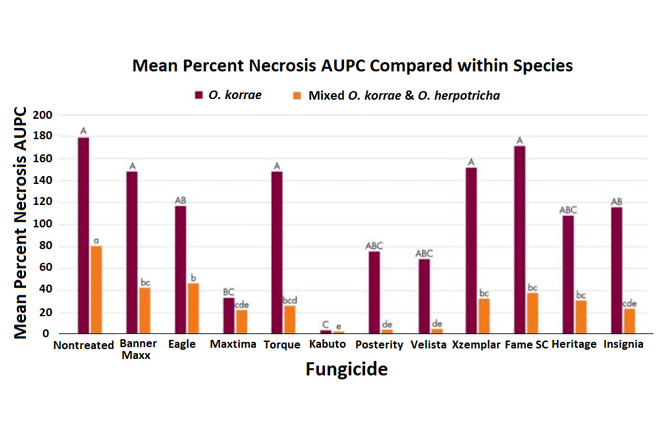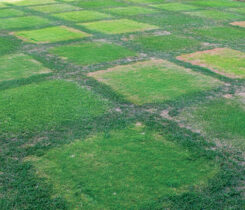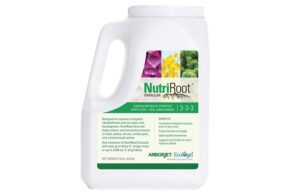Choose the best fungicide spring dead spot species

Certain fungicides are more efficacious than others against SDS and you should select a fungicide SDS based on the Ophiosphaerella spp. population present. (Graph courtesy of Wendell Hutchens, Jordan Booth, Kevin Hensler and David McCall, Ph.D.)
Ophiosphaerella herpotricha and O. korrae are the two most common fungal species that cause the detrimental bermudagrass disease spring dead spot (SDS) in the Transition Zone of the U.S.
Previous research has shown that they differ in aggressiveness, response to fertilizer type, ability to grow at specific pH ranges and sensitivity to certain fungicides. The purpose of this project was to determine how natural populations of O. herpotricha and O. korrae respond in a field setting to various fungicides and fungicide groups.
We established two trial locations for this study. The first was a Tifway 419 hybrid bermudagrass fairway with a natural population of O. korrae and the second site was a Vamont bermudagrass fairway with a mixed population of both O. herpotricha and O. korrae.
The fungicide treatments were applied either once at full label rate or as a half-rate twice (three to four weeks apart) in the fall of 2019. The products tested are listed here.
- DMIs: Maxtima (mefentrifluconazole), Eagle (myclobutanil), Banner Maxx (propiconazole), Torque (tebuconazole)
- QoIs: Heritage (azoxystrobin), Fame SC (fluoxastrobin), Insignia (pyraclostrobin)
- SDHIs: Xzemplar (fluxapyroxad), Kabuto (isofetamid), Velista (penthiopyrad), and Posterity (pydiflumetofen).
Plots were assessed three times in the spring and early summer of 2020 for percent necrosis. We transformed the data to the area under the progress curve (AUPC), and means were separated statistically.
We found that the spring dead spot was suppressed more than the non treated control in the mixed population on Vamont fairways than in the O. korrae population on Tifway fairways. This result occurred for nine of the eleven fungicides tested.
Kabuto, Maxtima, Velista and Posterity generally provided the best SDS suppression, and the SDHIs were overall the most effective fungicide class against SDS.
Our data suggest that certain fungicides are more efficacious than others against SDS and that you should select a fungicide SDS based on the Ophiosphaerella spp. population present.
It is difficult to determine the Ophiosphaerella species because they seldom produce spore fruiting bodies. Researchers from Ecuador and Oklahoma State University developed a molecular assay to accurately identify the fungal species in the genus.











